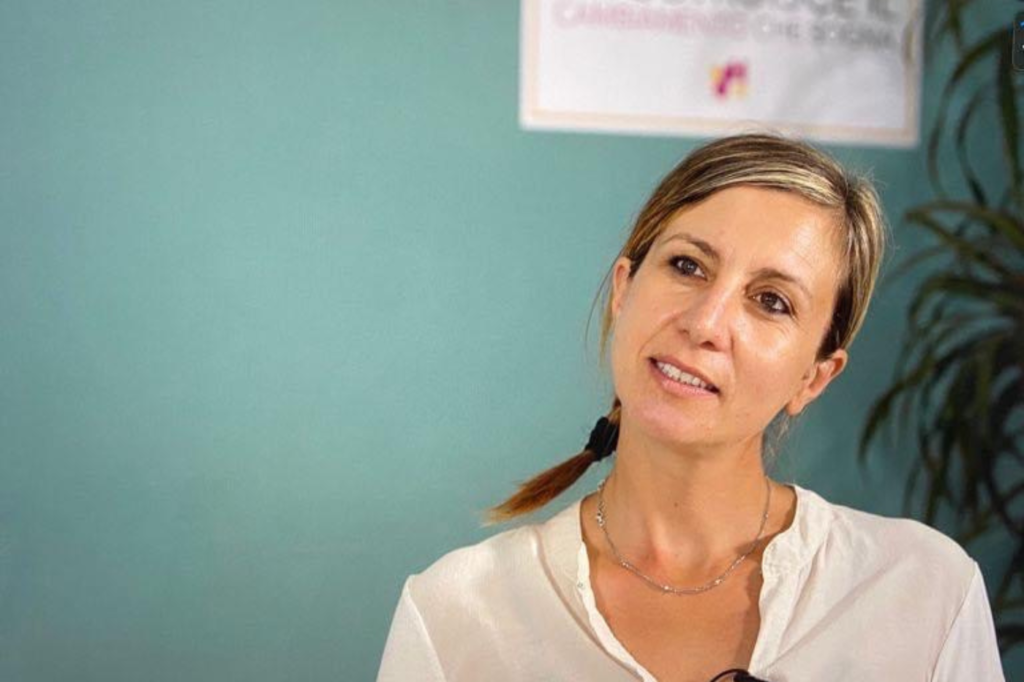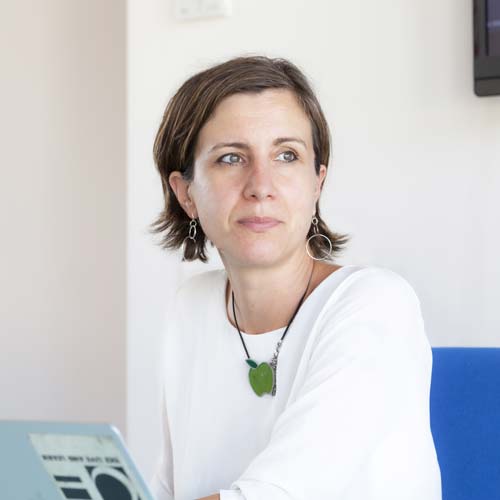
Francesca Cavallini, psicologa, dottore di ricerca, fondatrice di Tice e donna neurodivergente racconta in questo blog come la psicologia e le scienze sociali abbiano cambiato il modo di considerare le persone neurodivergenti e fornirà alcuni spunti importanti nella relazione con persone neurodiverse.
If you have any questions you can write to francesca.cavallini@centrotice.it
The pain of the parent
In 2012, Sinclair, in his essay "Don't Mourn for Us", suggests how the pain felt by parents' caregivers often has to do with the "expectations broken". Some parents report that they feel responsible or guilty for their child's difficulties and attach delays and uniqueness to their choices as parents. In addition, parents often report that they experience pain and intense anguish for the reception of the results of the diagnostic path.
The communication of the diagnosis
How psychologists and neuropsychiatrists share the story of diagnostics with the family will become a narration that guides you through their thoughts on how to accept and live with their children.
The way in which psychologists and neuropsychiatrists share the story diagnostics with the family will become a narration that guides you through the thought that they themselves have on how to accept and live their childrenThis narrative can help people whose it was made diagnosed to understand more about themselves. The stories and the collective image that dominate in society regarding autism, and other disorders of neurodevelopment, including those shared by the professionals of the sector, will be listened to and internalized by their families, by the children themselves, and by society as a whole.
Inherently, this means that the people with a diagnosis of neurodevelopment are somehow “inferior” to the skills or ability of persons without a diagnosis This, inherently, means that the people who have a diagnosis of neurodevelopment, are somehow “inferior” to the skills or ability to persons without a diagnosis.
A change of perspective
Although it is evident that being neurodivergent represents a challenge for children and families, talking about it and highlighting only the deficit contributes to increasing the perception of challenge and complexity.
The supporters of the construct of neurodiversity believe that the diversity of neurological humans is precious (Armstrong, 2010).
Not to deny the difficulties and the deficits linked to autism and other neurodiversity, but you rejected the idea of “normal” as too restrictive and prescriptive of the company (Milton & Sims, 2016).
A story of autism and disorders of neurodevelopment per the construct of neurodiversity, and then highlighting both the strengths and the challenges of evolution from the very beginning, will enhance the experience of the families during the diagnostic process, especially if the person with the diagnosis have the opportunity to learn “development mode more
positive” (Anderberg and South, 2021).
Reflections on parents
This positive framework can improve the parents' experience of the diagnostic process.
An approach based on strengths to share information on the development and the diagnosis can change how parents see their children suffering from autism, which changes how autistic children see themselves, leading to greater accountability in adulthood (Urbanowicz et al., 2019).
With this, we are not proposing a model of the communication of the diagnosis that detracts from the parents' emotions about the diagnosis; however, the discussion should not be exclusively negative. The professional can help parents reframe the negative messages and parallel to reassure them that they will learn to leverage their child's strengths, which promotes their family's well-being.
In the same way, instead of presenting the early intervention as a means to “fix” or “cure” their child, can you suggest a socket in load as a way to better understand how children learn and how parents can build positive environments to support the needs and growth of their child (Armstrong, 2010).
Some suggestions for health professionals
Below we offer some tips to colleagues who are diagnosed. We believe in training and support on how to communicate assessment results to families in a meaningful way that is respectful and supportive.
- Remember that “words are powerful” (Donaldson et al., 2017).How the series tells the story makes the difference. Consider some of the terms used to describe a child and the diagnosis from the perspective of the neurodiversità (see Bottema-Beutel et al., 2020, for a more detailed discussion). For example, instead of using the word "deficit", try "area of challenge/difficulty"; instead of co-morbidity, try "co-be"; and for tiny children, consider the use of "high probability" of autism rather than "at risk". These changes in vocabulary communicate to families that their child is more than a label and that their child is the same child who came with their first diagnosis.
- Collaborates with parents during the disclosure (Anderberg & South, 2021). Ask parents how they feel about the idea of receiving a diagnosis and what they think and know already. This will help you identify where parents may need more information and support. They will also need information about why their child fits this diagnosis and what to do after. This could be a change for many diagnostic that is not formed in this process and currently undertake rarely in the definition of a shared calendar (Mule et al., 2021). Sets a positive tone and warmth (Anderberg & South, 2021; Crane et al., 2018). A warm clinical and positive clinical can mitigate the parents' emotional reactions and help them identify the strengths in their capacity of parents and their children. Get to know the child and family and provide empathetic and respectful feedback to recognize the parents' concerns and feelings and share strengths.
- Sets a positive tone and warm (Anderberg & South, 2021; Crane et al., 2018). A clinical warm, positive can mitigate the emotional reactions of the parents and help them to identify the strengths in their capacity of parents and their children. Get to know the child and family and provide feedback so empathetic and respectful to recognize the concerns and feelings of the parents and to share strengths.
- Be honest and stay confident (Mulligan et al., 2012). We need to balance the discussion of the points of force with the recognition of the child's needs, both in terms of learning (such as intellectual disability) and the environment (such as the need for additional structure). The parents came to the assessment due to concerns, and ignoring such concerns may leave the parents to go unheeded. The challenges can be recognized in the context of a child with strengths and weaknesses that can be exploited or supported.
- Consider how they are presented, and the interventions/treatments. Many families receive a diagnosis and immediately begin a journey in search of more and more hours of intervention to "cure" their children. Rather than talk about recovery, describe the intervention as a way to increase the ability to adapt and promote the quality of life. Research on early intervention, in particular, autism, has become more natural and appropriate for children while remaining highly effective in improving the communication and support of social interactions and gameplay based on a child's strengths and interests rather than a "cure".
- Consider the intersectionality. Disclosure diagnostics should be carried out using practical, responsive, and culturally sensitive. Depending on their culture, families may have a history of negative interactions with health professionals and a general mistrust in the system (Moseley et al., 2007) or may feel that they are not valued or not listened to by medical professionals, particularly if their initial concerns were not taken seriously. Disorders of neurodevelopment, in some cultures, may be stigmatized, which may require even more care in how you share the diagnosis, with particular attention to the possibility that the parents are involved in the differences between their children (Stahmer et al., 2019).
- Respond to the support needs of caregivers. Parents of neurodivergent children often experience more significant stress than parents of neurotypical children (Keenan et al., 2016). Caregivers often experience a lack of support, negative judgments, and stigma from friends, family, and the community with additional financial burdens (Papadopoulos et al., 2019). Data-all of these impacts, many parents may need support and validation. We do not believe there is indeed a contrast between the need for a vision for a positive evolution of autism and acknowledge honestly the challenges that health professionals face in our society.

Francesca Cavallini, psicologa, dottore di ricerca, fondatrice di Tice e donna neurodivergente racconta in questo blog come la psicologia e le scienze sociali abbiano cambiato il modo di considerare le persone neurodivergenti e fornirà alcuni spunti importanti nella relazione con persone neurodiverse.
If you have any questions you can write to francesca.cavallini@centrotice.it





